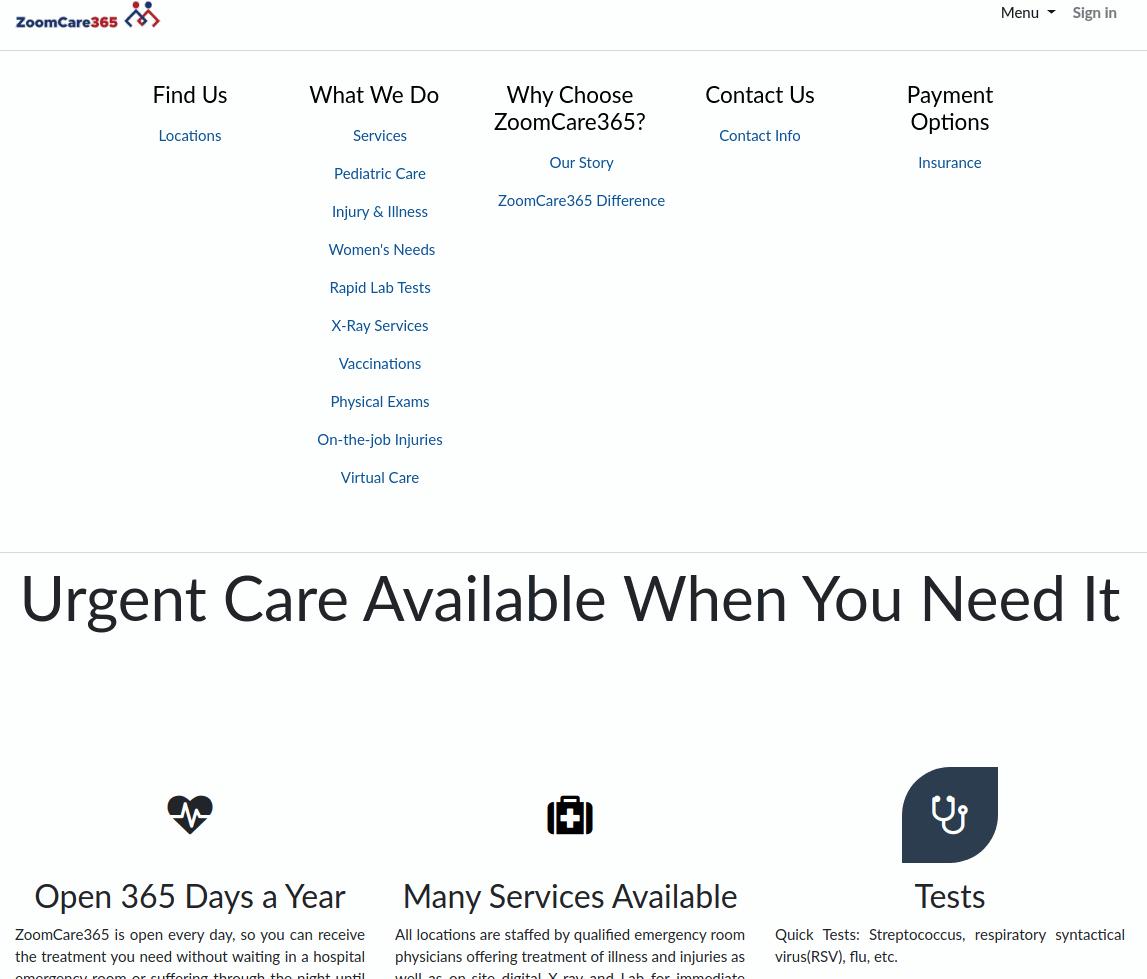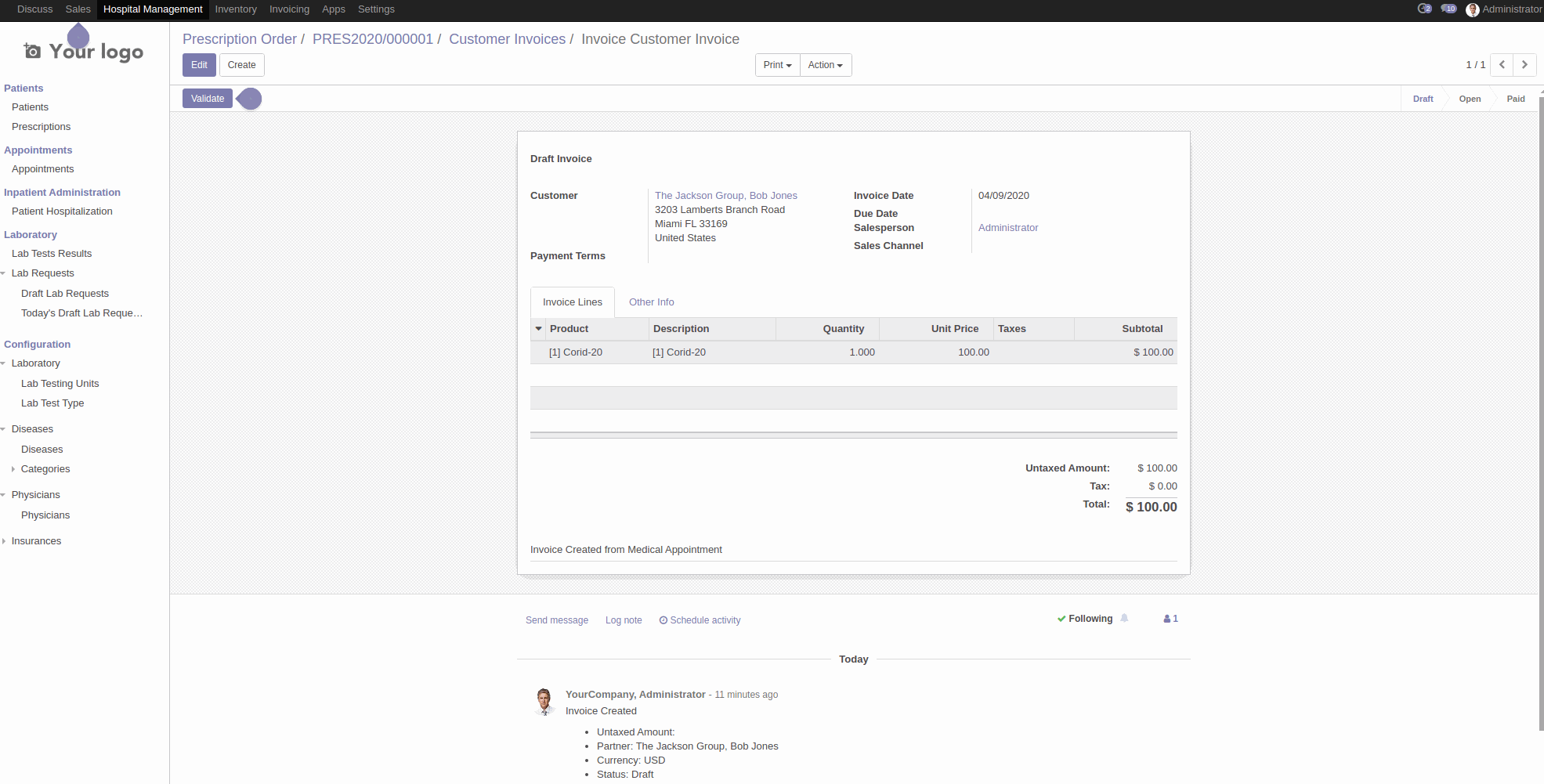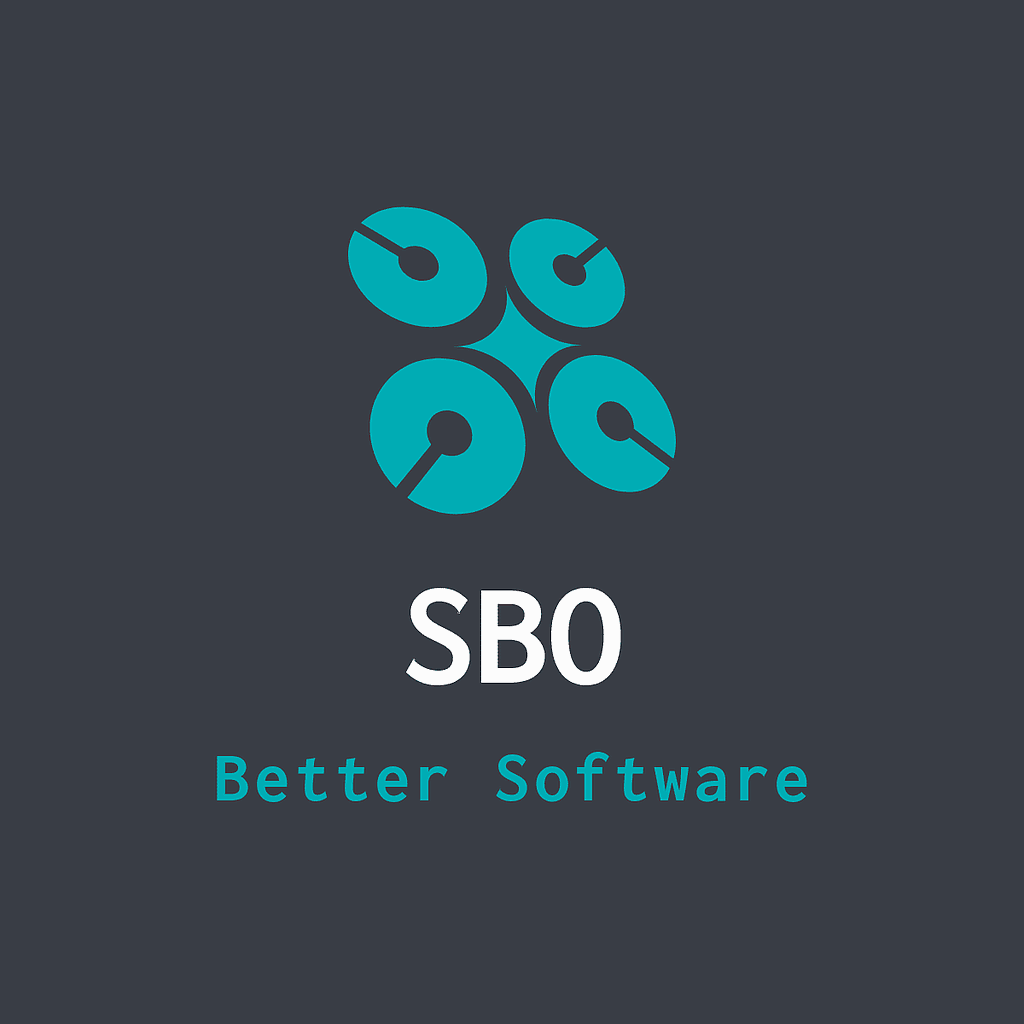Urgent Care Prototype Platform
Evaluating Ideas and Concepts
A client came to us to build a forward-facing customer website as they begin aggregating and rebranding different facilities around NYC. New York City is a hot spot right now during COVID-19, we send our prayers and condolences for the lost and the residents struggling with from the current situation in NY.
Our team greatly enjoyed working with ZoomCare365's team designing an attractive website, and when we were asked to prototype software to fit their business logic needed to operate their facilities, we were more than excited and full of gratitude for the opportunity. Evaluating our ERP system against software giants in the healthcare industry is no small task, but keep reading to find out how we stacked up and extended our ERP platform to adapt to this industry. First, we built a production-ready module for their public website that allows potential customers in NYC to find the closest urgent care center near them.
Having the ability to collaborate on one platform was huge for us and the customer, the customer was able to make revisions to nearly the entire public-facing portion of the site simply by logging in and minimal training over the phone with our team. Together, we built a remarkable site that the owner was very happy with to show potential investors, as they are growing and acquiring more centers. The site has nearly 20 pages that we were able to built collectively in about a month, check it out below.

Now, getting into how we extend our system that is available to all our customers and adapted to better suit the requirements of an urgent care center chain. Having an ERP system to manage your business resources is something that helps all businesses, not just large chains or enterprises. We believe small businesses benefit greatly by having a centralized database and the common business automation tools to help with payments, invoices, etc. Whether it be our systems or a competitor, as a business owner it serves oneself to consider such a system that helps the company grow and saves your team headaches. This is our starting point.
We begin with a lightweight ERP with basic business modules to support any industry. Next, we searched for health care system modules that were available from the community, and because the vast majority of what we start with is open source code, prototyping the concepts for the customer is cheap and effective. The basic HMS system we implemented handled tasks such as:
Appointment scheduling
Patient data records
Prescription issuance and billing
Laboratory requests & testing
Disease tracking
Physician & insurance modeling
Take a look at the screenshot of the back-end system for the office highlighting the HMS module.

Another benefit to bringing these services in-house is streamlining your financial reporting. Have a look through some of the functionality below to get a visual of how such a system might look like and work together across disciplines. Prescriptions are created for the patient/customer and each prescription is then recorded via invoices.

Draft invoices created and later validated after approval from the financial department. Finally, transactions are recorded in the general ledger.

Each prescription and invoice is created using customizable templates, making it easy to adjust to any given provider's specification. Furthermore, lab tests, reports, and documents could be easily accessible to the patient via a patient portal. Will such a system be further extended and implemented widely in the medical field? That remains to be seen, but it is certainly worth considering given the foundation and adaptability of this prototype and underlying platform.
Read Another Article
